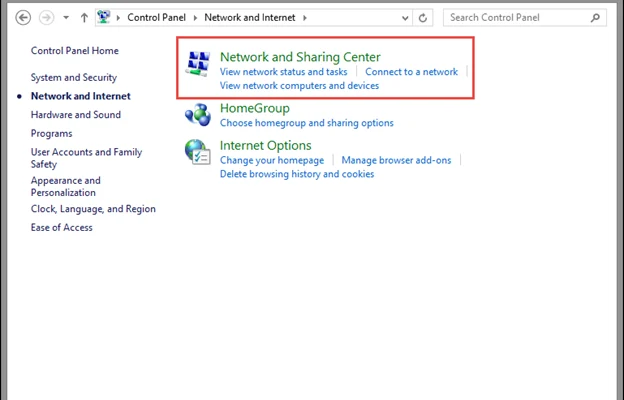Object-Oriented Database Management System (OODBMS)

Introduction:
Object-Oriented Database Management Systems (OODBMS) are databases systems that are designed to store complex data types through object-oriented programming concepts. Unlike traditional Relational Database Management Systems (RDBMS), OODBMS is capable of storing and retrieving complicated data types without converting them into a fixed format. With object-oriented programming, this technology enables data to behave like objects in the programming language, including inheritance, polymorphism, encapsulation, and abstraction.
Features:
1. Supports Complex Data Types:
An OODBMS supports complicated data types such as audio, video, images, and documents, which cannot be handled by traditional databases. It allows developers to store and retrieve data as an object in the same format, which it had in its application context.
2. Provides High Performance:
OODBMS supports efficient data access, eliminates data redundancy, and provides faster transaction processing. It provides high-performance operations for retrieving data that meets client demands without causing the system to overload.
3. Enables Data Modeling:
OODBMS enables developers to map software entities into data tables when developing systems. It allows them to create object models, design object relationship graphs and represent hierarchies in the form of classes.
4. Object Identification and Indexing:
OODBMS provides a unique identifier for each object that lets them retrieve it quickly. Also, through distributed databases, indexed queries permit them to operate the database from various nodes simultaneously.
5. Support to Object Versioning and Concurrency:
When an object is modified in a system, it creates a new version of the object, which can easily roll back to prior states if the new changes are reversed.
Advantages:
1. Supports Complex Data types:
OODBMS support complex data types such as images, videos, and documents. Traditional relational databases cannot store this type of data reasonably efficiently.
2. Speed:
OODBMS provides faster access to stored data due to its object hierarchy and indexing techniques.
3. More Secure:
OODBMS is more secure than traditional relational databases as it provides the required level of data security based on the authentication and authorization features.
4. Cost-Effective:
OODBMS reduces the overall cost of maintaining a database system, as object-oriented programming languages eliminate the need to deploy the middle-tier mappings, which reduces the complexity of the system.
5. Scalability:
OODBMS can easily handle the data storage and retrieval of large-scale applications. It allows developers to create a network for the distribution of data across multiple systems.
Disadvantages:
1. Limited Support:
OODBMS has limited support compared with traditional relational databases, so if a bug or error occurs in the system, the user must wait until the update is made to fix the issue.
2. Complex Application Integration:
It can be challenging to integrate OODBMS into traditionally designed applications. The developer needs to ensure that all databases applications are on the same platform.
3. Learning Curve:
It can take time to learn an OODBMS, as it requires expertise in both the object-oriented programming language and the database management system.
Conclusion: OODBMS offers several advantages over traditional relational databases. Its powerful features can handle complex data types and provide a higher level of performance than RDBMS. Also, it offers high scalability, which allows developers to create distributed database networks, which increases the system’s reliability. However, it has limited vendor support and may be challenging to integrate its features within traditional applications. So, OODBMS is an excellent choice for companies and businesses looking to store, manage and retrieve complex data types efficiently





